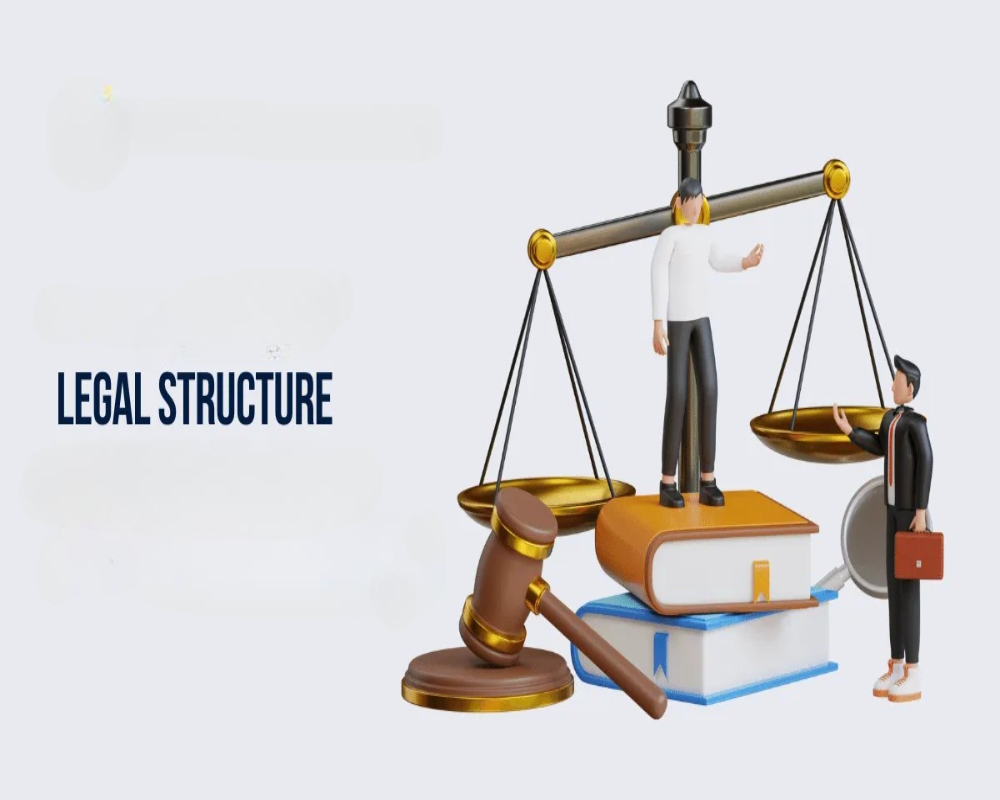Legal Structure of a Public Limited Company in India
Introduction
A Public Limited Company (PLC) is one of the most recognized forms of corporate business structures in India. It is governed by the Companies Act, 2013 and is suitable for large businesses that intend to raise capital from the public. The legal structure of a Public Limited Company involves defined roles, compliance responsibilities, and operational boundaries, all of which are essential for ensuring transparency, governance, and accountability. Understanding its legal framework helps stakeholders operate efficiently within the law.
Separate Legal Entity
A Public Limited Company enjoys a distinct legal identity separate from its shareholders and directors. It can own assets, incur liabilities, enter into contracts, sue, and be sued in its own name. This separation ensures that the company’s existence is not affected by changes in ownership or management and adds to its credibility in the business world.
Limited Liability of Members
The liability of shareholders in a Public Limited Company is limited to the amount unpaid on the shares held by them. This means that in the event of business losses or debt, shareholders are not personally liable beyond their investment. This legal protection encourages more investors to participate in such companies.
Board of Directors and Management
A Public Limited Company must have a minimum of three directors who are responsible for the strategic and day-to-day management of the company. The Board of Directors acts as the principal decision-making body, and its powers, duties, and responsibilities are defined under the Companies Act. Board meetings and annual general meetings must be held regularly, and decisions must be documented as per legal standards.
Share Capital and Shareholders
There is no upper limit on the number of shareholders in a Public Limited Company, and shares can be freely transferred. The company can raise capital by issuing shares to the public through an Initial Public Offering (IPO). Shareholders have voting rights proportional to their shareholding and play a role in appointing directors and approving significant decisions.
Memorandum and Articles of Association
The company’s core objectives, powers, and operational scope are outlined in the Memorandum of Association (MoA). The Articles of Association (AoA) contain the internal rules, governance processes, and responsibilities of directors and members. Both MoA and AoA are foundational legal documents that must be filed with the Registrar of Companies during incorporation.
Compliance and Regulatory Oversight
Public Limited Companies are required to comply with multiple legal obligations, including filing annual returns, maintaining statutory registers, and conducting audits. If the company is listed on a stock exchange, it must follow additional regulations issued by the Securities and Exchange Board of India (SEBI). Non-compliance can result in penalties, restrictions, or even winding up of the company.
Corporate Governance Norms
Corporate governance is a key aspect of the legal structure of Public Limited Companies. It includes maintaining independence of the board, forming committees like Audit Committee and Nomination and Remuneration Committee, and ensuring transparency in financial disclosures. These norms are designed to protect the interests of shareholders and enhance public trust in the company.
Continuity and Transferability
The legal structure of a Public Limited Company ensures perpetual succession, meaning the company continues to exist even if shareholders or directors change. Additionally, the free transferability of shares provides liquidity to investors and helps the company in accessing a wider pool of capital through stock exchanges.
Conclusion
The legal structure of a Public Limited Company in India provides a comprehensive framework for operation, governance, and regulation. With features such as limited liability, separate legal identity, robust compliance systems, and shareholder rights, it offers a strong and reliable business model. Understanding this structure is essential for anyone involved in managing, investing in, or regulating a Public Limited Company.
Hashtags
#PublicLimitedCompany #PLC #LegalStructure #CompanyLaw #BusinessStructure #CorporateGovernance #Shareholders #LimitedLiability #StockMarket #CorporateFinance #BusinessOwnership #CompanyRegistration #FinancialRegulations #CorporateCompliance #BusinessEntity #InvestmentOpportunities #PubliclyTraded #BusinessLaw #Entrepreneurship #CompanyFormation


0 Comments